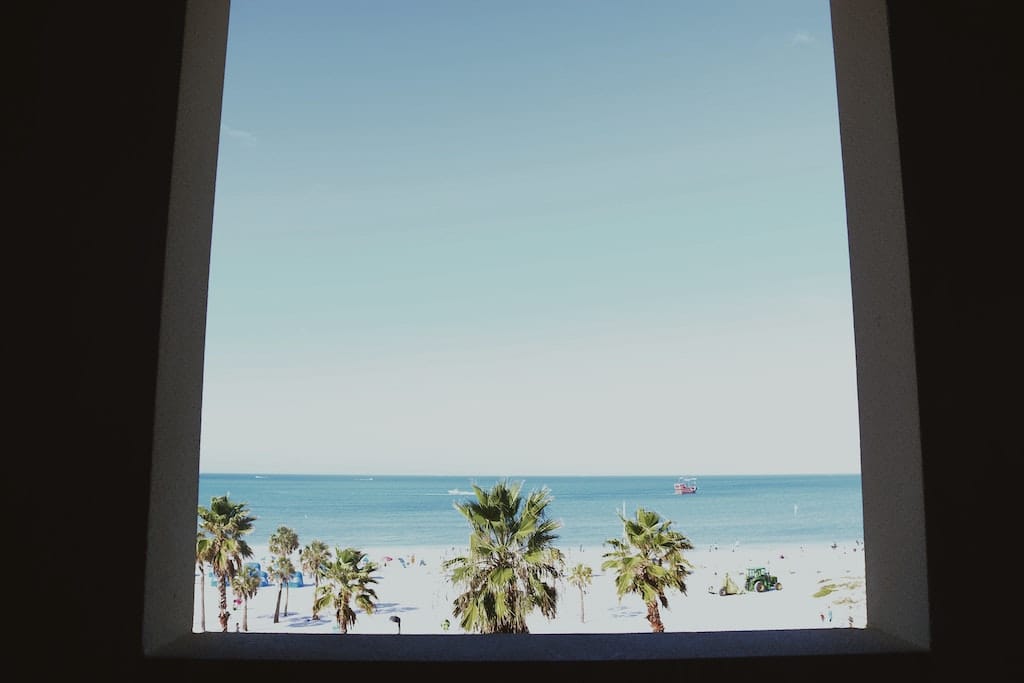All Categories
Featured
Table of Contents
Solace Creations: Home in Port Kennedy WA
Laminated glass is frequently used in locations in the house most prone to injury from human impact such as bathrooms, doors, around staircases and in locations near to the floor (it fulfills the requirements of 'shatterproof glass' that is mandated for use in these areas by Australian Standard AS 1288 Glass in structures).
Toughened glass has been 'tempered' by being reheated and rapidly cooled again. This procedure makes it much stronger than basic glass it can resist greater effect loads before breaking. It also makes it safer since, when it does shatter, it gets into lots of little cubic pieces instead of hazardous fragments.
Glazing And Glass Options - Smarter Homes in Pickering Brook WA
Toughened glass has no thermal or acoustic benefits over other glass of the same toning or thickness. Secondary glazing is where single-glazed windows are retrofitted with a transparent acrylic or glass sheet connected to the within of the frame or openable sash with a secondary frame or with magnetic strips.


Secondary glazing will not perform also thermally as a manufactured IGU, considering that it is impossible to absolutely seal the boundary, however it can supply great sound control. Window movies are a thin polymer movie consisting of an absorbing color or reflective metal layer, with an adhesive support. They adhere to your glazing to change its colour or make it reflective.
Best Way To Block Sun Heat From Windows [Professionally] in Glen Forrest WA
Applied to existing glass, some window movies can cut in half the overall SHGC of the window by taking in and/or showing solar radiation. This can be especially useful in hotter environments where cooling is the primary concern, or on east and west elevations straight exposed to long periods of sunlight. However, window movies might likewise minimize noticeable light transmittance.

For this reason, it is usually best to use a certified installer of window movie. Frames have a considerable effect on the thermal performance of doors and windows, because energy can be gained and lost through the frame, along with through the glass. Different kinds of frame will permit different levels of heat gain and loss, so cautious option of frame is essential for effective passive style.
Guide To Double Glazing – Functional And Energy Efficient in Nollamara Western Australia
Nevertheless, aluminium is also a great conductor of heat and will decrease the insulating value of a glazing system, unless particularly engineered to reduce this. A 'thermally broken' frame is comprised of 2 aluminium areas linked by a structural insulator (usually a low-conductivity structural polymer). This 'breaks' the thermal connection through the aluminium and lowers the heat flowing through the frame.
Wood frames are a good natural insulator that can fit some home styles. Timber frames ought to be made from types that have naturally high sturdiness or be dealt with to avoid decay and deformation.
Double Glazing Windows - The Best Installers In The Uk ... in Ashfield Western Australia
(weather stripping) is set up.
u, PVC windows and doors have exceptional thermal performance Picture: Ben Wrigley (Light Home Architecture and Science) Composite frames utilize aluminium profiles on the external sections with either a lumber or u, PVC inner section. These combine the low upkeep and toughness of aluminium with much enhanced thermal performance.
Latest Posts
Double Glazed Windows: A Complete Guide in Kelmscott WA
How Does Double Glazing Keep Heat Out? in Lathlain Western Australia
A Complete Guide To Double Glazed Windows in Wembley Downs WA